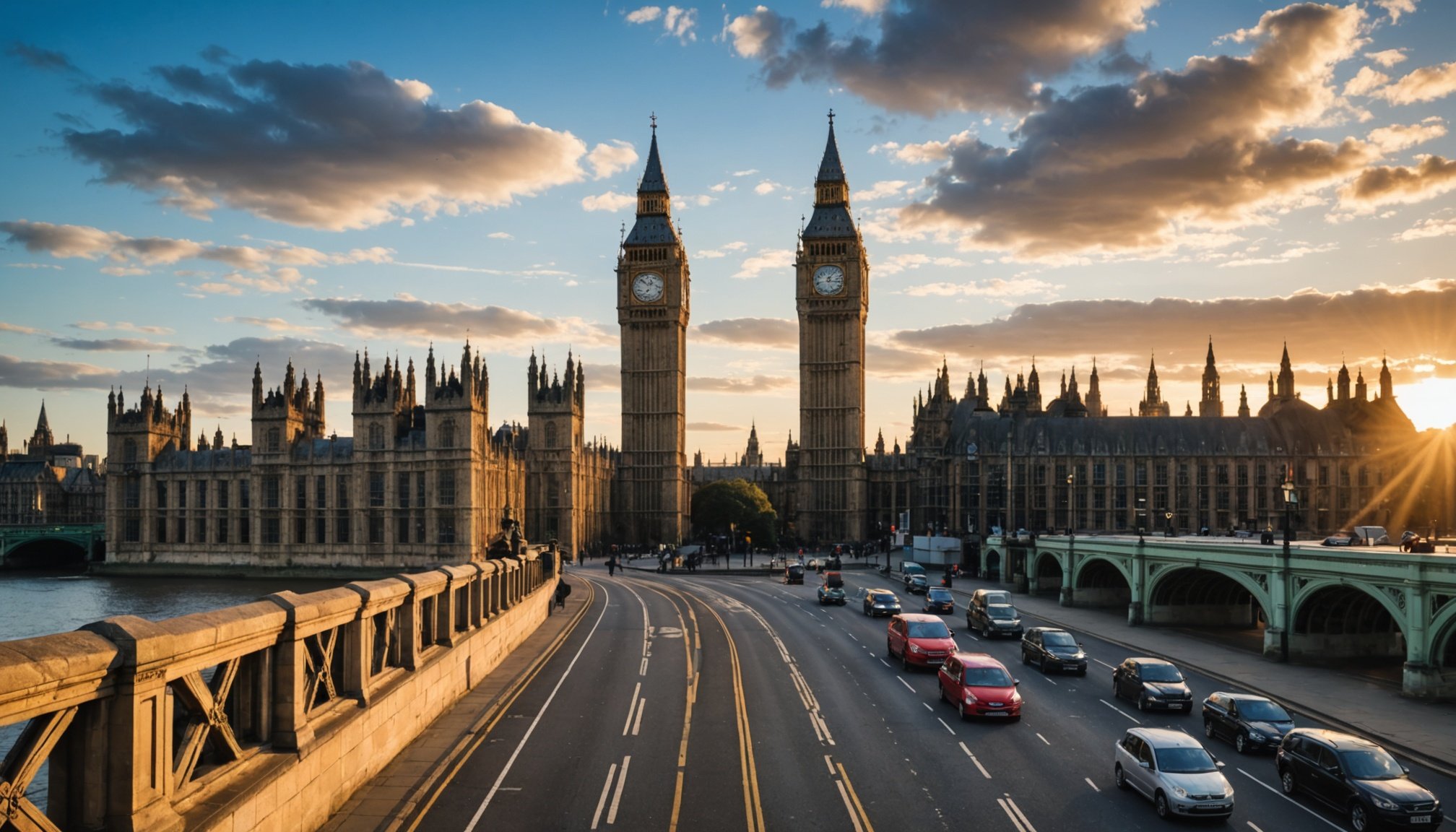Immediate Impacts of Recent Changes on UK Tourism
The landscape of UK tourism changes has shifted dramatically due to two main catalysts: the Brexit impact and Covid-19 effects. Both have reshaped traveler behavior, influencing how visitors plan and experience trips. Brexit introduced new entry requirements and logistical challenges for international tourists, altering inbound tourism flows. Meanwhile, Covid-19 caused widespread restrictions, leading to a sharp decline in both inbound and domestic travel during peak pandemic periods.
Early data reveals a notable traveler behavior shift toward domestic tourism as international visitors faced uncertainty and restrictions. From 2019 to 2021, inbound visitor numbers dropped significantly, with major cities reporting lower hotel occupancy rates. Domestic trips became a preferred option, helping to partially offset losses from international visitors. However, the financial repercussions were still palpable, as overall tourism revenue declined.
Also read : What Are the Top UK Cities for Food Tourism?
These changes highlight the complex interplay between political decisions and global health crises on UK tourism. Understanding this interplay is crucial for stakeholders aiming to adapt effectively. By closely monitoring evolving trends, businesses can better anticipate traveler needs and contribute to a resilient tourism sector despite these recent disruptions.
Adaptation Strategies by Tourism Businesses and Authorities
Tourism business recovery hinges significantly on health and safety protocols. Businesses across the sector prioritize implementing rigorous safety measures to reassure visitors. These include enhanced sanitation routines, social distancing regulations, and contactless check-ins, which have become standard to build traveler confidence.
Have you seen this : What Are the Most Underappreciated Tourist Spots in the UK?
Digital transformation plays a pivotal role in adapting to new travel behaviors. Tourism businesses have adopted tools like online bookings, contactless payments, and virtual tours. These technologies not only reduce physical contact but also streamline the visitor experience, making trips more convenient and safer. Virtual tours, for example, offer immersive previews that entice travelers while accommodating restrictions.
Sustainable practices have gained traction as part of recovery efforts. Authorities and businesses emphasize eco-friendly operations and culturally rich local experiences, encouraging tourists to engage meaningfully with destinations. This move towards sustainability supports long-term resilience by reducing environmental impact and preserving local heritage.
By combining safety measures, digital transformation, and sustainable practices, tourism businesses and authorities effectively navigate recovery challenges. These strategies foster a safer, more accessible, and responsible travel environment—an approach vital for the industry’s future.
Shifts in Marketing and Communication Approaches
Recent years have brought significant shifts in tourism marketing UK, especially as focus turns to domestic travel campaigns. These campaigns emphasize familiar yet novel experiences within the UK, appealing to locals eager for safe and flexible options. This shift is crucial as restrictions and uncertainties persist post-pandemic, reshaping traveler priorities.
Previously, marketing efforts centered on international outreach, showcasing Britain’s heritage and global appeal. Now, strategies highlight unique UK offerings that resonate more deeply with a home audience. Messaging increasingly champions health and safety, alongside flexibility in bookings—key factors for domestic tourists weighing options.
For example, campaigns promote scenic countryside retreats, lesser-known coastal towns, and cultural events accessible without extensive travel. The tone is reassuring, blending excitement for exploration with sensible precautions. These refined communication approaches not only boost confidence but also sustain the tourism sector during recovery phases.
Overall, tourism marketing UK adapts by balancing international outreach ambitions with a grounded, domestic travel campaign focus, demonstrating resilience and responsiveness to evolving traveler needs and concerns.
Emerging Trends and Projections for UK Tourism Recovery
Tourism experts and government officials agree that the UK tourism trends signal a cautious but promising recovery phase. Supported by targeted government support, sectors like hospitality and transport are gradually stabilizing. Recovery projections suggest a steady rebound over the next 12-24 months, contingent on easing travel restrictions and consumer confidence.
Among the most notable UK tourism trends is the sustained popularity of staycations. Travelers opt for domestic destinations to avoid uncertainties abroad. Flexible booking policies have become standard, reflecting heightened demand for adaptable travel plans. Additionally, experiential travel—focusing on unique, authentic activities—has surged, with tourists seeking immersive cultural encounters.
Nevertheless, challenges persist. Staffing shortages at key tourist hubs and disrupted supply chains affect service quality and availability. Visitor confidence remains sensitive to public health developments and geopolitical shifts. The balance between harnessing enthusiast demand and managing these hurdles will determine the pace of recovery.
Stakeholders are advised to monitor traveler sentiment closely and maintain agile operational strategies. These trends underline the evolving landscape of UK tourism, shaped by both resilience and adaptability.



